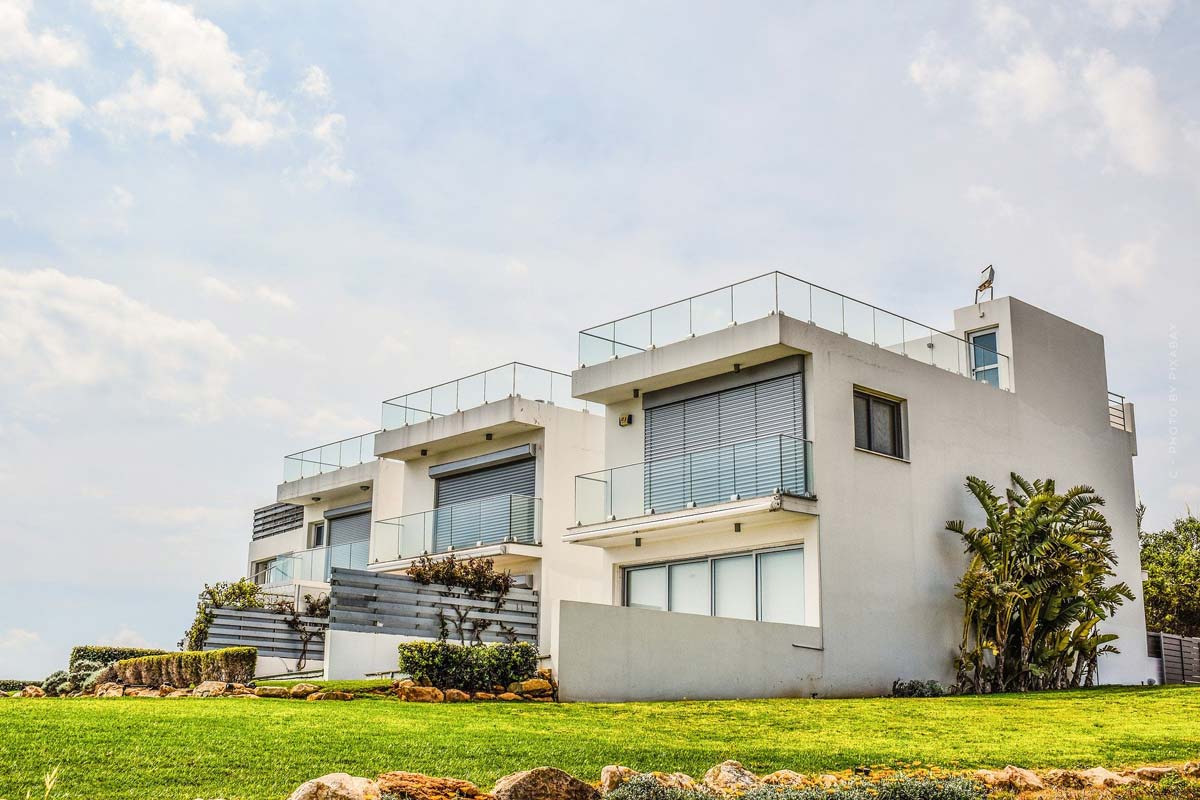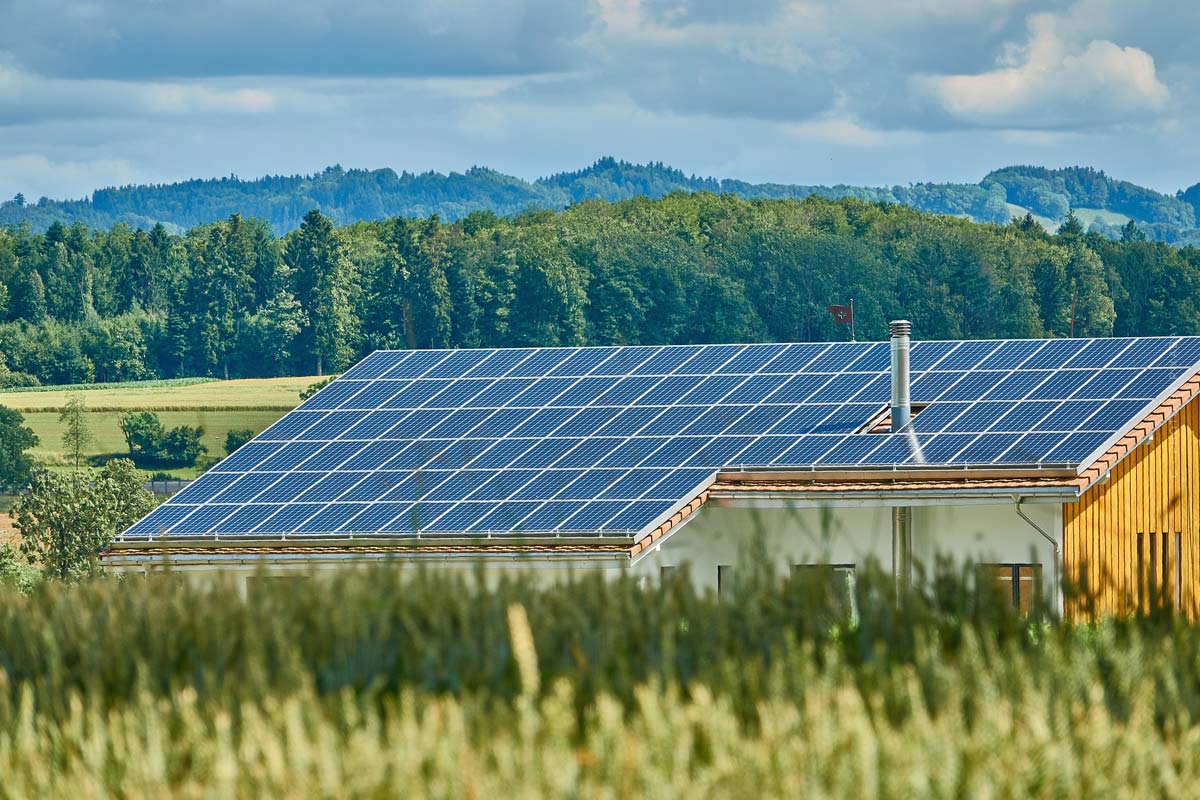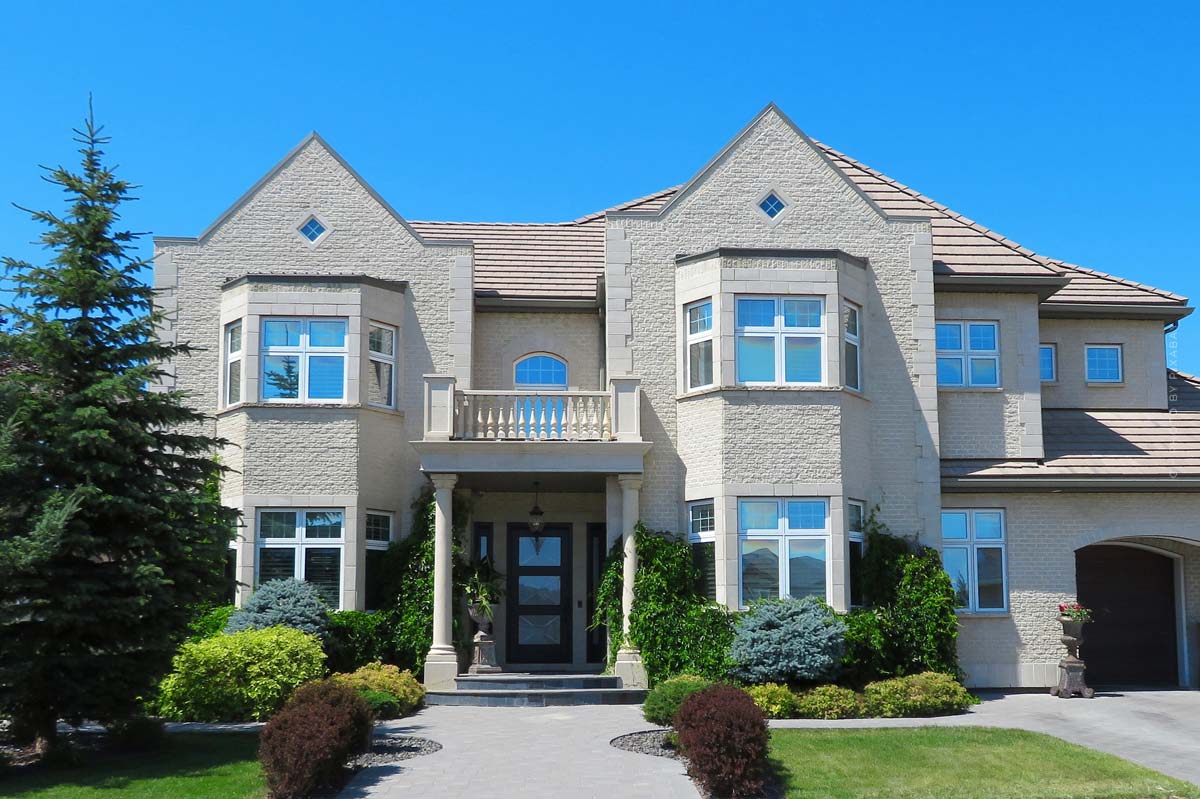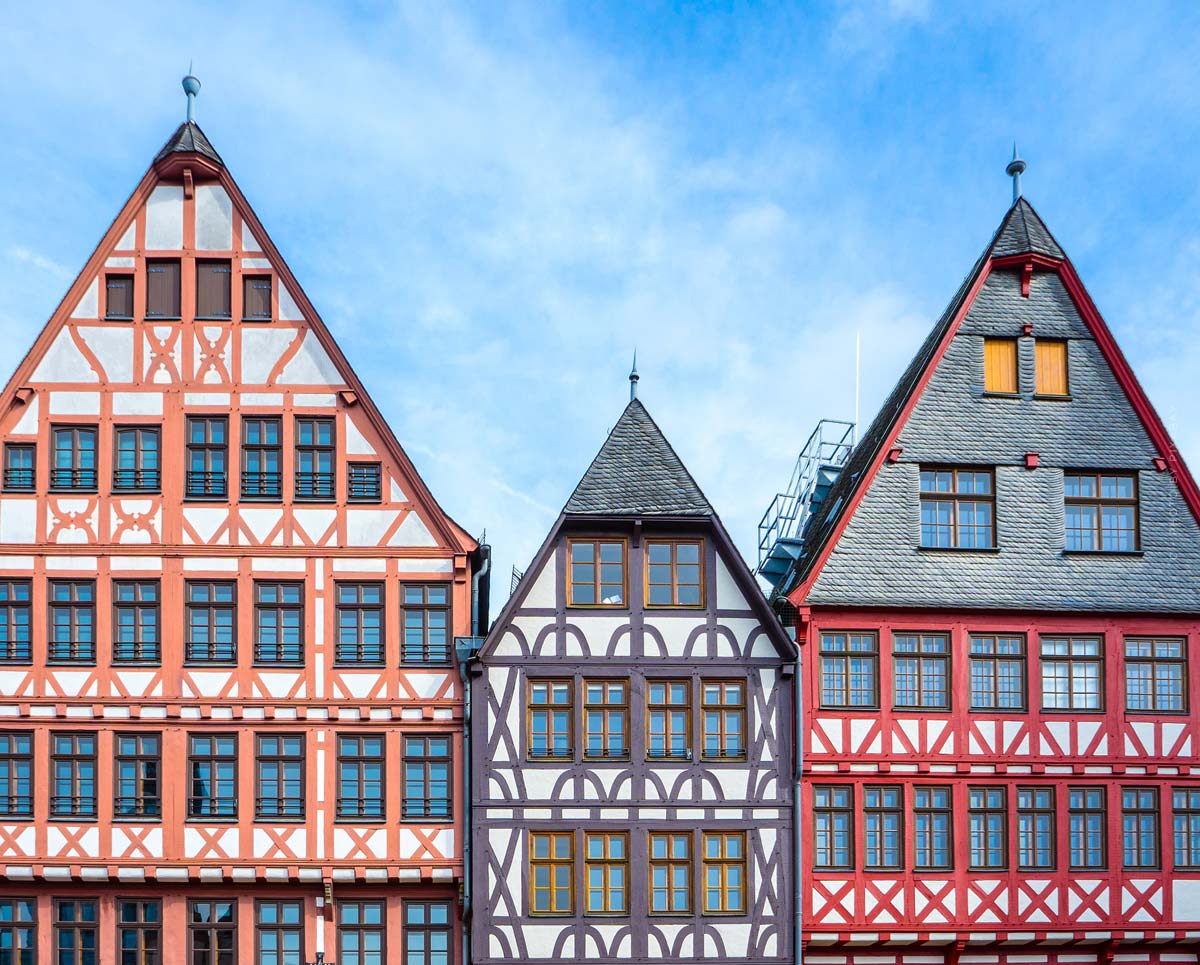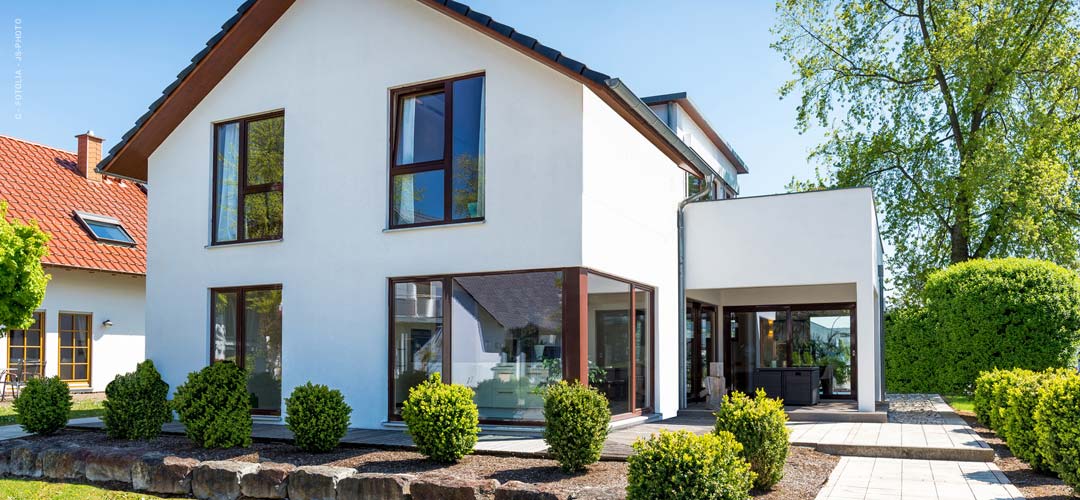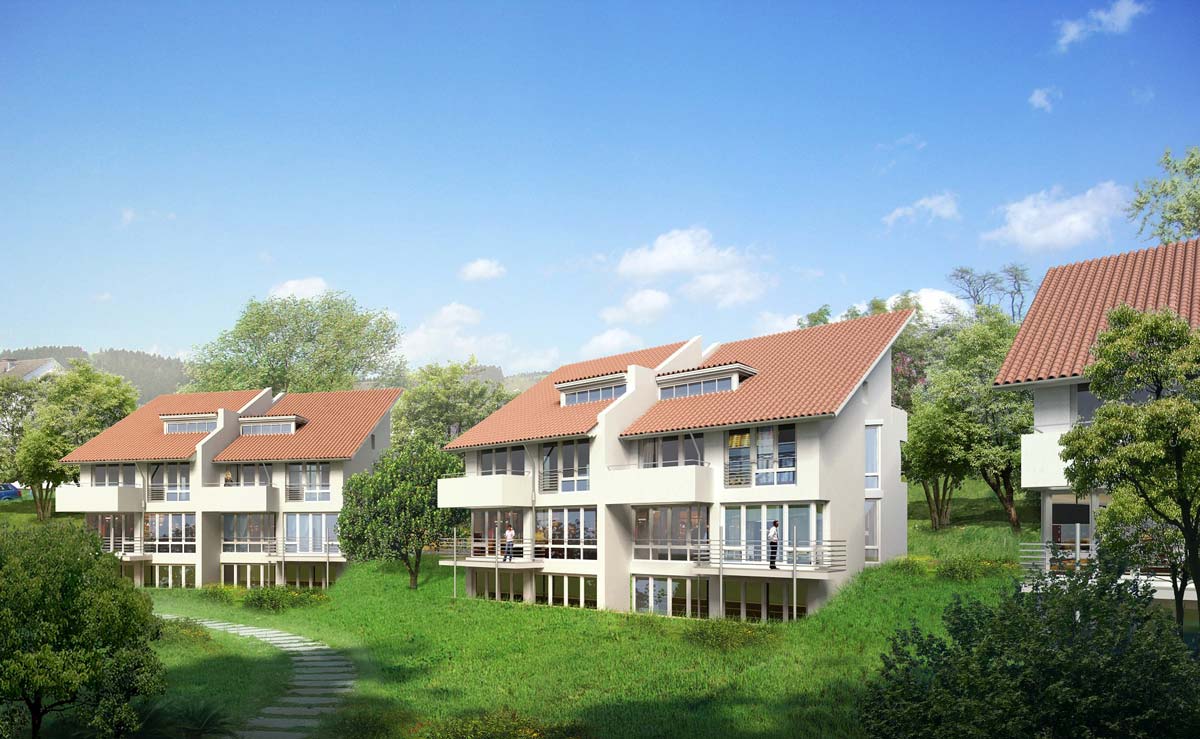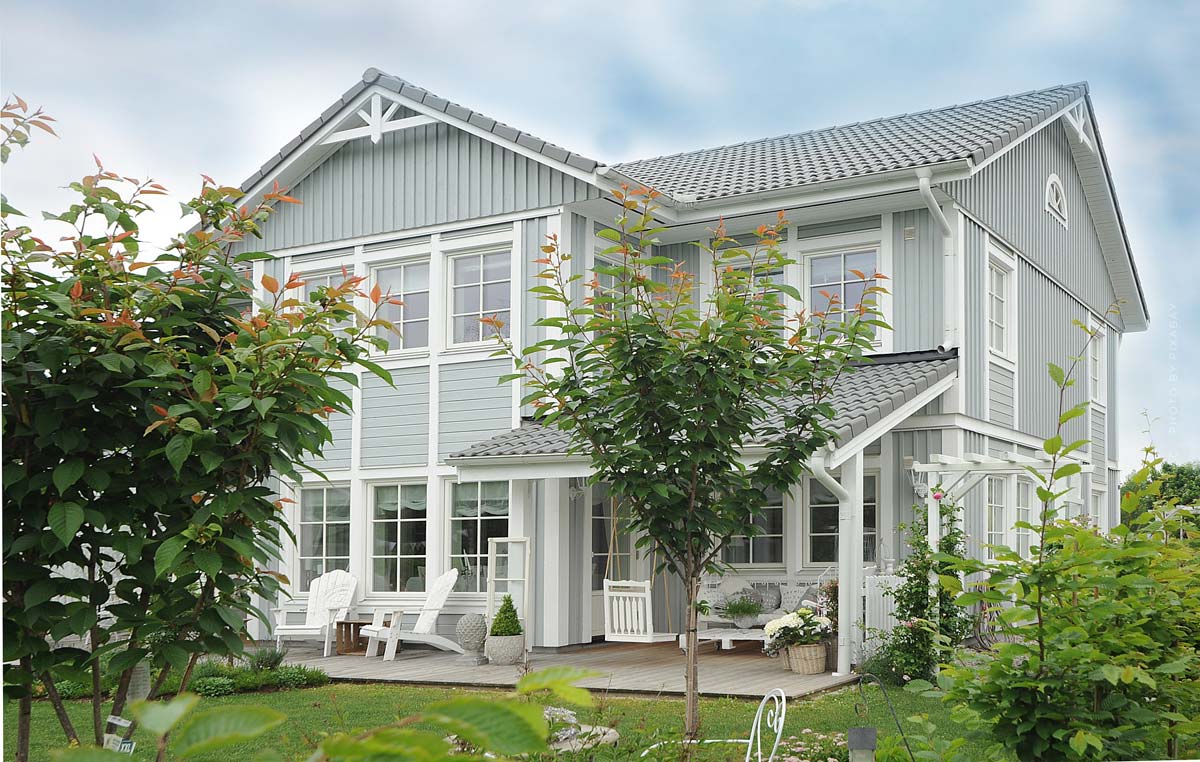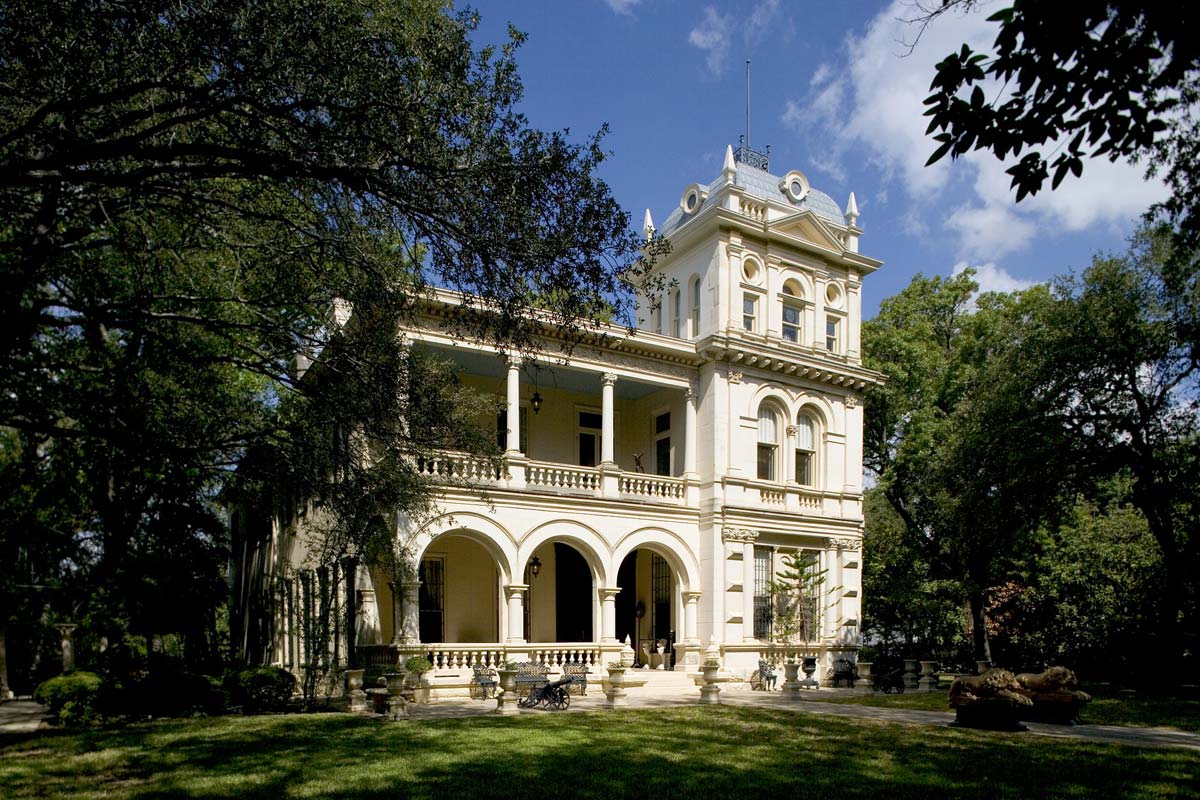Passive house: sustainable and energy-efficient living? New construction, definition, costs and more
Passive House – Electricity and heating energy are driving factors for greenhouse gas emissions of a country. If you personally want to counter this problem, it is a good idea to invest some thought into sustainable living. Especially if you want to buy or build a house, you should inform yourself about sustainability, future prospects and subsidy programs. Passive houses are part of the house projects that are tackling the problem in a more extreme way, with great success. Looking for an energy sustainable housing option? Then read on here. Also of interest on the topic of energy efficient housing: Low Energy House and Zero Energy House.
Passive house definition: What is meant by this type of house?
Sustainable housing options are divided into different house options. Part of them are zero energy houses, low energy houses and also passive houses. You can also find detailed articles on other options in our magazine, but here we will only talk about the passive house for the time being.
A house is called a passive house as soon as it requires less than 15 kWh/sqm per year. This value is achieved through various measures in the construction of the house. Multiple glazed windows and high-quality insulation reduce the transmission heat loss and thus minimise heating costs.
Are you looking for the right house? Then check out our guide! Here you will find definitions, meanings and lots of information: House types from A-Z
Construction and room layout and energy consumption
The heat losses that occur in a passive house due to transmission and ventilation are attempted to be compensated by the energy gain of photovoltaic systems on the roof of the house. In any case, energetically advantageous installations are to be expected. These require regular maintenance. This is a long-term cost factor, which should be considered when building a passive house.
Passive houses can also be divided into different subclasses. These classes describe the energy demand that the installations on the house must meet in order to make the house a passive house.
- Passive House Classic: 60 kWh/qma primary energy consumption p.a.
- Passive House Plus: 45 kWh/sqm primary energy consumption p.a. + 60 kWh/sqm energy generation
- Passive House Premium: 30 kWh/qma primary energy consumption p.a. + 120 kWh/qma energy production
Advantages & disadvantages of a passive house: costs, windows and co.
The house type must be as airtight as possible to avoid ventilation heat loss. This is done, for example, by replacing windows that open with a ventilation system. However, this change also involves dangers that are not immediately obvious at first glance.
Advantages: Incidental costs and efficiency
A passive house has extremely positive effects on your life and the environment, especially in the long term. Nevertheless, the decision for or against the housing option can be difficult. We have summarized a few of the advantages that the passive house brings with it for you:
- Sustainability
- Reduced ancillary costs
- Modern
- Future-oriented
Disadvantages: Ventilation and cost
Of course, not everything can always be positive. Especially when building a house, problems arise that are not always taken into account in advance. Disadvantages that a passive house but in most cases brings with it, you can read here:
- Risk of mould if ventilation is damaged
- Increased construction costs
- Maintenance requirements
Source: Passive House (Lukinski.de)
For whom are passive houses suitable? Families, couples & co.
In itself, passive houses are an option for anyone and everyone who can imagine living in a sustainable house. However, one should meet certain requirements so that the modern house does not overwhelm.
For example, it is an advantage to have a certain inclination towards sustainable energies. Or rather, one is able to read into the simple systems in order to understand how to operate them.
However, we would also like to take the opportunity here to allay the fears of people who are concerned that a photovoltaic system could be too much for them. The user view of these systems is kept as simple as possible in order to make them accessible to many people.
Of course, the small computers can be connected to the smartphone and you can follow a live report about the installation and electricity production, as well as be alerted to irregularities, but this is not a must. Ultimately, anyone can learn to deal with the installations of a passive house.
Sustainable living: Energy standards, requirements & comparison
With regard to the requirements that a house must meet in order to be called a passive house, we have already made more concrete statements in the previous section. We would like to compare the different options here to help you find the right house.
Passive house vs. low-energy house
The low-energy house is the preliminary stage to the passive house. This means that a low-energy house, for example, meets the same structural requirements to reduce transmission heat loss, but is not able to generate the energy consumption itself.
Zero energy house vs. passive house
A passive house is, so to speak, the precursor to a zero-energy house. A zero-energy house manages to completely cover the energy demand that arises over the year and thus requires no additional purchases in the field of energy. However, it is important to mention here that these reference values are to be seen all very broadly, just what the buying of energy is concerned, because depending on the season and location, the self-sufficient houses do not manage to maintain their self-sufficiency and low additional costs are incurred.
Passive house: wooden house, prefabricated house and other building options
Good news for all fans of unusual houses: The term passive house is not a building type, but an energy standard that must be met, so there are limits to the freedom of planning, but nevertheless the energy-efficient houses come in many types and shapes.
In terms of new construction, hardly any building style is unattainable. However, certain ideas may not be feasible for reasons of efficiency. One should be aware of these limitations. That being said, there are wooden houses, prefabricated houses and more, all of which meet the energy standard and can conjure up your dream house on your property quickly and sometimes inexpensively.
Build or buy: Is a passive house worth it?
As always, the decision whether the house is newly built or freshly bought better is always dependent on the situation and the offer. What can be said, however, in relation to passive houses is that they are extremely forward-looking. Regulations for new builds and refurbishments are becoming stricter and stricter, then of course the government wants to drive forward the achievement of climate targets, which includes sustainable housing options.
For this reason, it is advisable not to disregard the types of houses in the apartment finding. However, one does not have to decide directly for such an extreme variant, of course. There are also lower energy standards that already bring extreme progress compared to old buildings and also renovated old buildings. For example, different KfW efficiency houses can be considered.
What should be considered when setting up a passive house?
In addition to other factors, the furnishings can also have an effect on heating costs, because furniture stores heat. An empty room is therefore more difficult to heat than a furnished room of the same size. In addition, installations such as carpets and curtains can help to regulate the temperatures in a room.
If you are still looking for inspiration for your interior design, we highly recommend you to take a look at our interior / furnishing section. There you will find ideas for all rooms of your house and even for the children’s room we have the right furniture labels ready.
Tip! You can furnish your house in many different ways. You can find trendy styles for the furnishing of your home with us: Furnishing styles XXL

